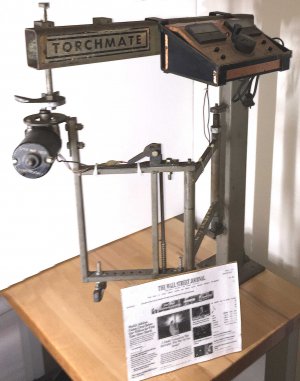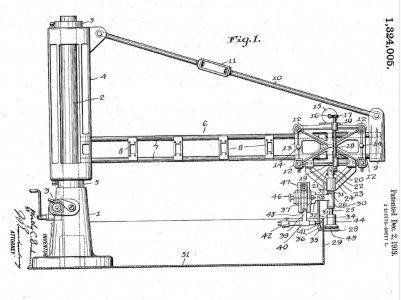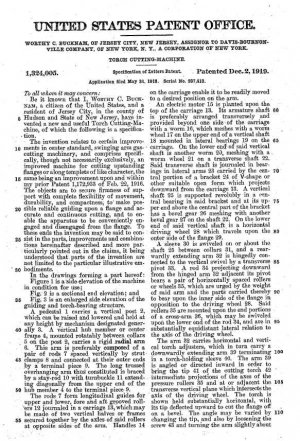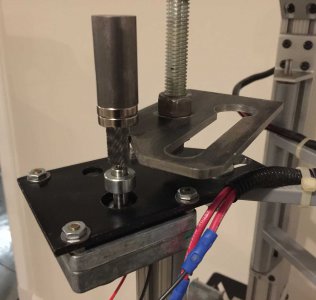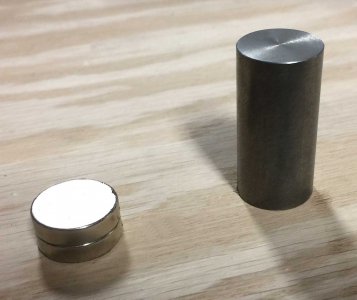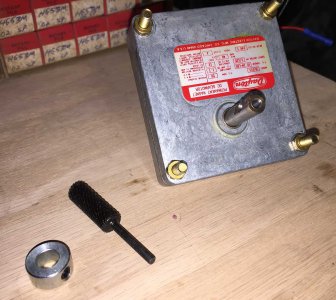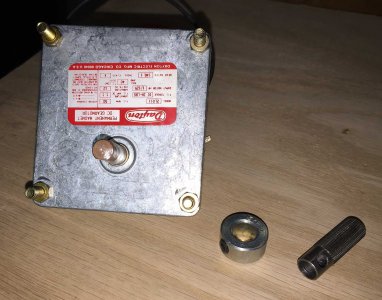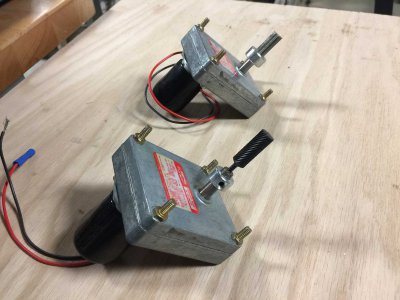- Joined
- Jul 15, 2020
- Messages
- 421
Here is a photo taken today (8/13/2020) of the first Torchmate shape cutting machine ever built. I fabricated it in my garage in Reston, VA in 1979, and I still have it. I put a picture of today's Wall Street Journal home page in the shot.
At that time, plasma cutters didn't exist except in huge manufacturing facilities, and most of us had to cut with an oxy-fuel torch or a saw. Primitive as this unit was, it was the first powered pantograph flame cutting machine available in the sub-$1,000 range. I sold them for $245.00 in a U-weld-it kit form.
It used a Ford Granada windshield wiper motor and an MRC model railroad transformer. I had not yet come up with a magnetic tracer, so the rotor had to be held against the edge of the template. The rotor, which was a rotary file, then walked around the template. A lever on the top of the pantograph controlled a rod that pressed the cutting oxygen lever on the torch, which was held in the clamps below. The torch tip was aligned with the rotor, and duplicated its movement. The machine was featured in a lot of car magazines at the time. Note that I sold the company about ten years ago, and no longer have any connection with it.
At that time, plasma cutters didn't exist except in huge manufacturing facilities, and most of us had to cut with an oxy-fuel torch or a saw. Primitive as this unit was, it was the first powered pantograph flame cutting machine available in the sub-$1,000 range. I sold them for $245.00 in a U-weld-it kit form.
It used a Ford Granada windshield wiper motor and an MRC model railroad transformer. I had not yet come up with a magnetic tracer, so the rotor had to be held against the edge of the template. The rotor, which was a rotary file, then walked around the template. A lever on the top of the pantograph controlled a rod that pressed the cutting oxygen lever on the torch, which was held in the clamps below. The torch tip was aligned with the rotor, and duplicated its movement. The machine was featured in a lot of car magazines at the time. Note that I sold the company about ten years ago, and no longer have any connection with it.


